- Your cart is empty
- Continue Shopping

Product
Introduction
Maball, with rituximab as its active ingredient, signifies a pivotal advancement in immunotherapy, particularly in the treatment of certain hematologic conditions. Known for its ability to target specific cells in the immune system, Maball has demonstrated efficacy in various disorders, including certain types of lymphomas and autoimmune diseases. This description aims to provide a comprehensive overview of the characteristics, clinical applications, and considerations associated with Maball (Rituximab).
Mechanism of Action
Rituximab, the key component of Maball, is a monoclonal antibody that selectively targets and binds to CD20, a protein found on the surface of B lymphocytes. By doing so, Maball initiates a series of immune responses, including antibody-dependent cellular cytotoxicity and complement-dependent cytotoxicity, leading to the destruction of these B cells. This mechanism is particularly relevant in conditions where abnormal B-cell activity is a key driver of the disease.
Clinical Applications
- Non-Hodgkin’s Lymphoma (NHL): Maball is widely used in the treatment of certain types of non-Hodgkin’s lymphomas, including follicular lymphoma and diffuse large B-cell lymphoma. It is often part of a comprehensive treatment plan that may include chemotherapy.
- Chronic Lymphocytic Leukemia (CLL): Maball is indicated for the treatment of chronic lymphocytic leukemia in combination with other therapies.
- Rheumatoid Arthritis (RA): In rheumatoid arthritis, Maball is employed as part of a treatment strategy to reduce disease activity by targeting specific immune cells.
- Granulomatosis with Polyangiitis (GPA) and Microscopic Polyangiitis (MPA): Maball is used in combination with glucocorticoids to treat certain forms of vasculitis, such as GPA and MPA.
Dosage Form and Strengths
Maball is typically available in the form of an intravenous (IV) infusion. The strength may vary, and a common strength is Rituximab 500 mg/50 ml, administered as an infusion over a specific period under the supervision of healthcare professionals.
Characteristics and Considerations
- Immune System Modulation: Maball’s targeted approach to immune cells makes it a valuable tool in modulating the immune system, particularly in conditions where overactive or abnormal immune responses contribute to disease.
- Infusion-Related Reactions: Infusion-related reactions, including fever, chills, and nausea, are common during Maball administration. These reactions are typically managed by adjusting the infusion rate and providing supportive care.
- Monitoring: Regular monitoring of patients during and after Maball infusions is crucial to detect and manage potential side effects, including rare but serious reactions such as severe infections.
- Reconstitution and Dilution: Healthcare professionals reconstitute and dilute Maball according to specific guidelines before administration. This process ensures the proper preparation and administration of the medication.
- Pre-Medication: Patients may receive pre-medication, such as antihistamines and acetaminophen, to minimize infusion-related reactions.
Conclusion
Maball, featuring rituximab as its active component, represents a beacon of hope in the landscape of immunotherapy, offering targeted and effective treatment for various hematologic conditions. Its role in modulating the immune system has transformative implications for patients facing disorders characterized by abnormal B-cell activity. As with any immunotherapeutic agent, the use of Maball involves careful consideration of individual patient factors, ongoing monitoring, and close collaboration between patients and healthcare providers. Maball stands as a testament to the strides made in personalized medicine, bringing new possibilities for individuals on the journey toward improved health and well-being.

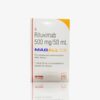
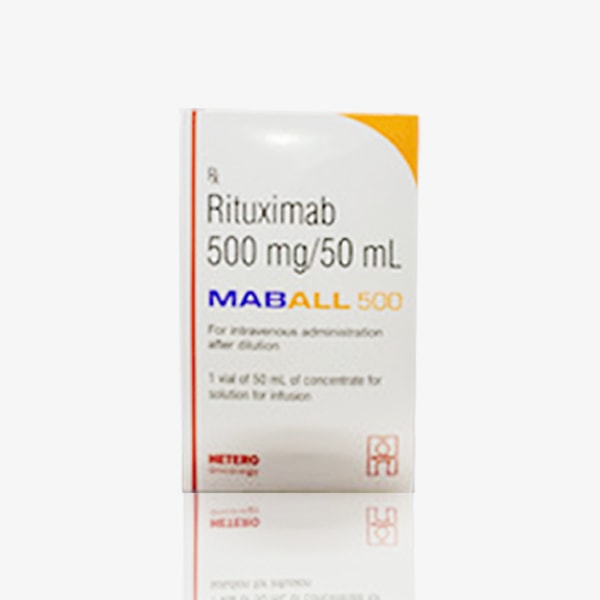
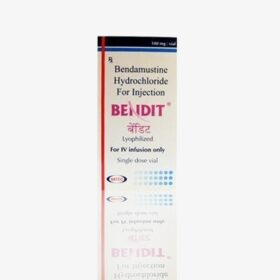

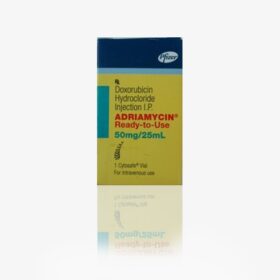
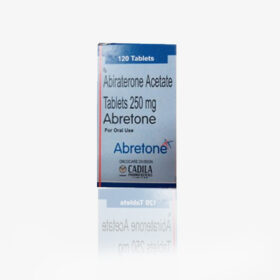
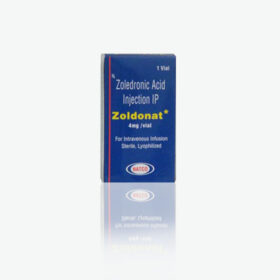
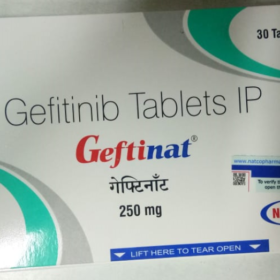
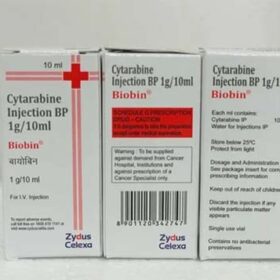
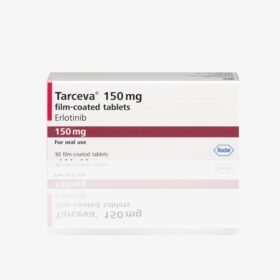



Reviews
There are no reviews yet.